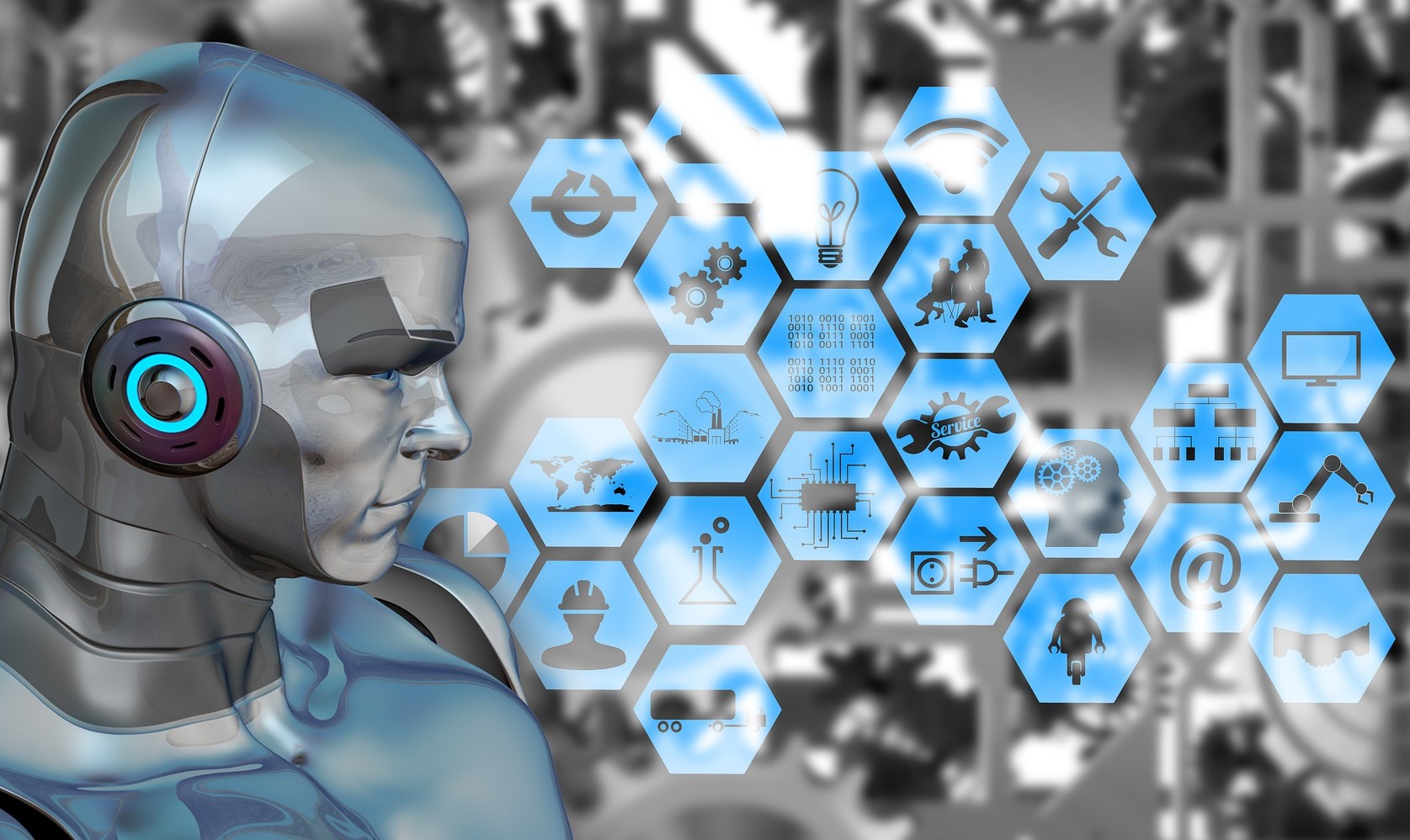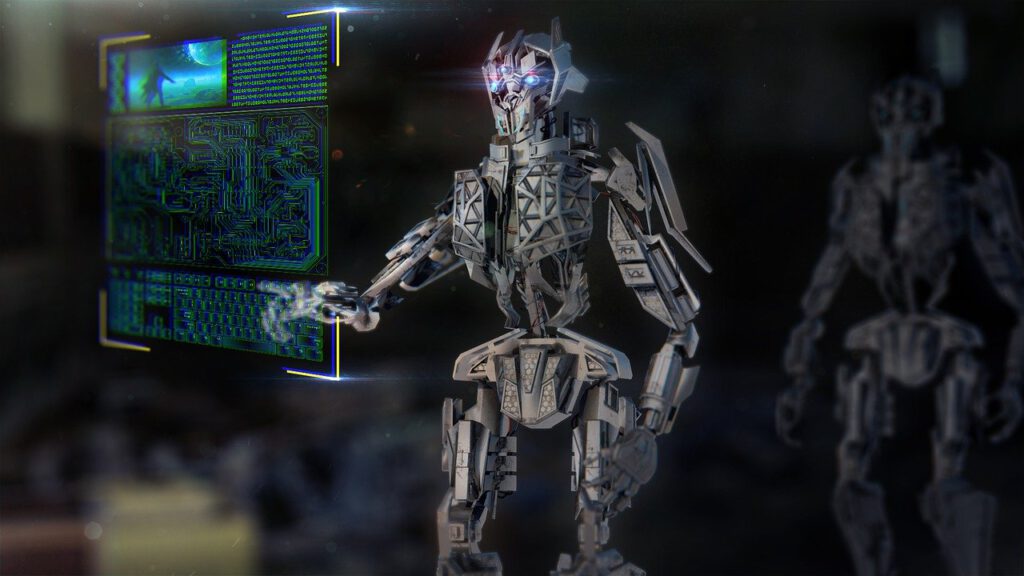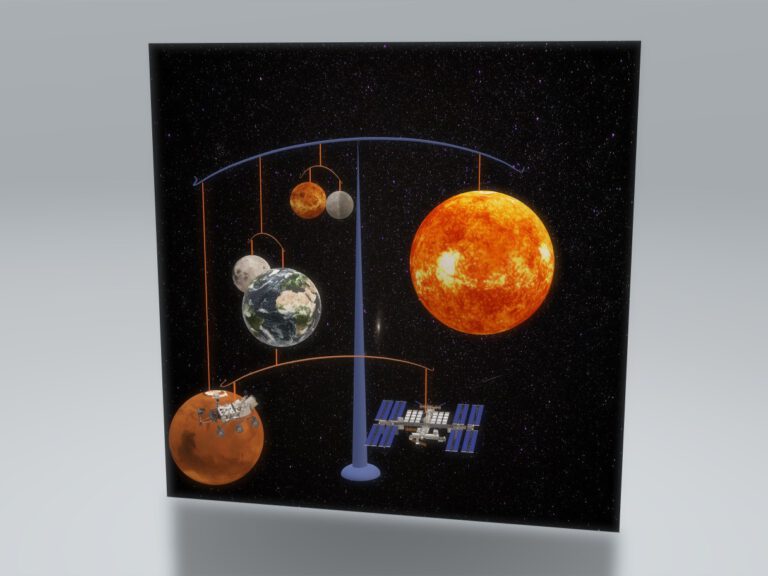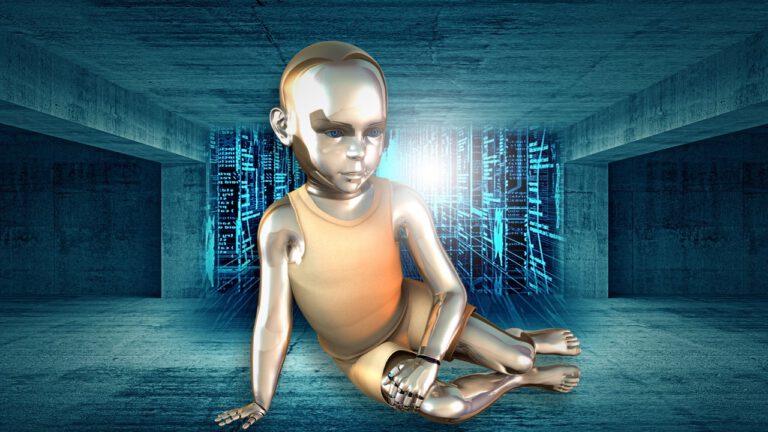Thoughts on Modern Machines
Machines
25. March 2021
Trans. 23.11.2024
Manfred Goschler
Introduction
I have been interested in machines since my youth and have always encountered “moving” points of contact, such as two-wheelers and sci-fi. Professionally, I have worked in fields where distinguishing between machines and vehicles was sometimes essential. Today, the term “machine” is also used in information technology, moving away from purely mechanical influences or effects. However, in IT, the distinction between the various uses of the term “machine” is sometimes unclear.
Definitions
In the German encyclopedia Der kleine Brockhaus (1950), machines are described as devices of all types and sizes that perform specific tasks using various human, animal, or mechanical drives. The six classical devices—lever, wheel and axle, pulley, wedge, screw, and inclined plane—are also listed as examples of simple machines in physics.
Wikipedia defines a machine as “a technical structure with parts moved by a drive system” and primarily “used as a technical tool for mechanical action.” It also traces the evolution of the term. From Aristotle’s description of tools like levers and screws as simple machines to the European Machinery Directive 2006/42/EC, and finally to 20th-century computer programs, the concept of “machine” has expanded significantly over time.
Hardware and Software
Every computer program relies on a physical carrier, such as a computer, which itself can be described as a calculating machine. This physical carrier could also be a robot, controlled as a mobile machine by a computer program. Similarly, software bundles, particularly those labeled as artificial intelligence (AI), are becoming increasingly significant. In many AI applications, data is meanwhile more critical as algorithms.
Simplifying matters, machines could perhaps be summarized as consisting of two parts: a mechanical or physical component (hardware) and an immaterial part—data and programs (algorithms). For now, we’ll set aside considerations of hybrids like cyborgs, which blur the boundaries between biological organisms and machines.
Review
The spread of the term “machine” in computer science was already evident in the German Computer Science Dictionary Duden (1988). Examples include:
- Machine language, which refers to the binary instruction set of a physical processor.
- Virtual machines, which simulate real computers via programs, often at the operating system level (e.g., a Linux guest on a Windows host).
- Chess programs, which simulate a “chess automaton.”
- The Turing machine, an abstract model used to study the computability of algorithms.
Depending on the level of abstraction, these machines focus less on mechanics and physical force, instead prioritizing systems that process and transform information.
Simplified Definition
Are there not more similarities that connect “software” machines with conventional mechanical machines? If we disregard references to mechanical components in existing definitions and focus on an information flow instead of a power flow, current definitions can encompass “software” machines quite well. This is especially true if we view a machine’s purpose as a tool or work aid that improves manual activities.
This broader definition could be beneficial when discussing topics like quality or the increasing convergence of intangible products and services. It could also help clarify the distribution of roles between humans and machines. These considerations lead me to adopt a simplified, generalized definition:
A machine is a technical tool that takes over tasks from humans (or other machines) or assists them in completing these tasks.
Further Development
As modern systems develop through AI applications, identifying and naming the future executors of tasks may become increasingly important. For robots and other machines that still appear physically as units, their function might dominate their identity in the future—examples include fully automated vacuum cleaners or lawnmowers. Manually operated devices could become exceptions.
But what about all the software applications that are still referred to as programs today? Will they also be named after their functions, such as “translator” for a translation program or “chess program” for a chess engine?
It seems more likely that interfaces like Alexa or Siri will take on these roles, with new machines—given humanlike names and characteristics—emerging alongside them.
These developments will raise numerous questions about these machines: their appearance, scope of tasks, functionality, and, most importantly, how they interact with each other. Yet, despite all these changes, they remain machines.





